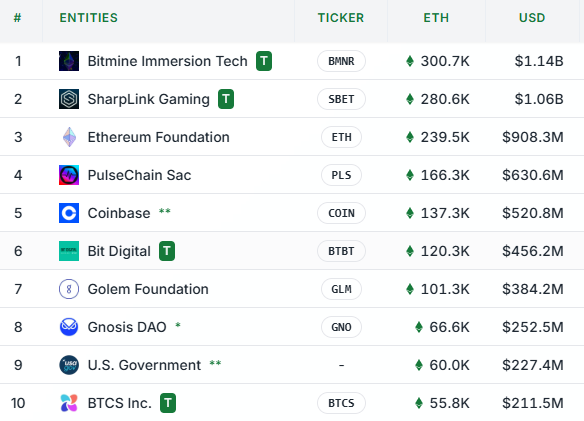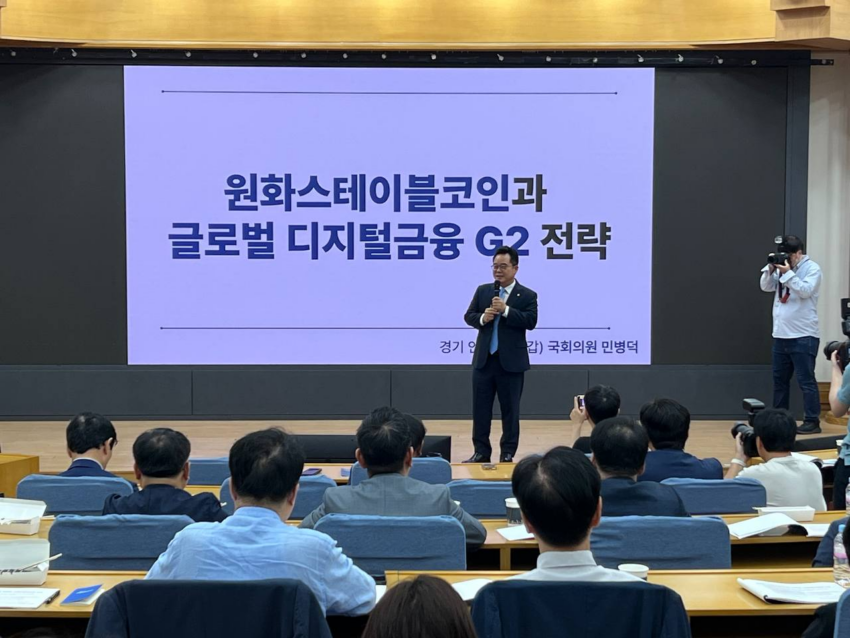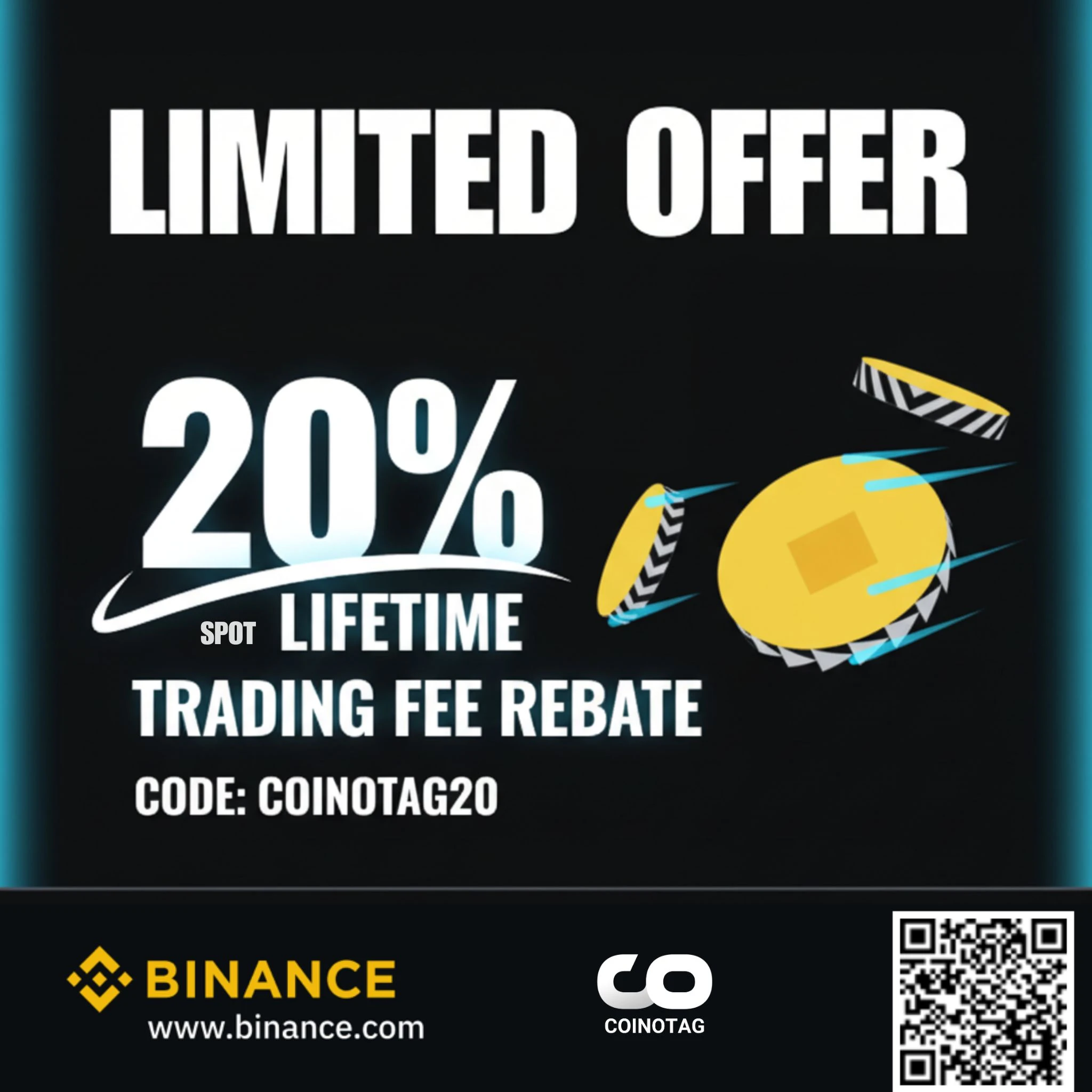-
DeFi Development achieves a landmark 999,999 SOL holding, marking a significant milestone in its treasury expansion strategy within the Solana ecosystem.
-
The Ether Machine announces plans for a $220 billion Ethereum public debut through a SPAC merger, aiming to become the largest institutional ETH holder.
-
Korean lawmakers intensify efforts to introduce KRW-denominated stablecoins, emphasizing monetary sovereignty amid the global dominance of dollar-pegged stablecoins.
DeFi Development hits nearly one million SOL tokens, The Ether Machine targets $220B ETH public listing, and Korea pushes KRW stablecoin legislation to assert monetary control.
DeFi Development Reaches Nearly One Million SOL Tokens Amid Aggressive Treasury Growth
DeFi Development Corp, often referred to as the “Solana equivalent of MicroStrategy,” has solidified its position in the crypto market by amassing 999,999 SOL tokens valued at approximately $181 million. This milestone underscores the company’s commitment to expanding its treasury through strategic acquisitions and staking operations.
Between July 14 and 20, DeFi Development acquired 141,383 SOL tokens for $19 million, utilizing a combination of spot purchases and locked token mechanisms. Additionally, the firm’s validator nodes contributed an extra 867 SOL in staking rewards, reflecting a sustainable yield generation model. The company’s internal Solana validators not only provide network security but also generate consistent returns from delegated stakes.
Financially, DeFi Development has secured $19.2 million through equity facilities, maintaining a substantial credit capacity of $4.98 billion for future acquisitions. Its shares per SOL (SPS) currently stand at 0.0514 SOL per share, translating to a market value of $9.30 per share. The recent 8% surge in SOL’s price, nearing the $200 mark, has further enhanced the firm’s asset valuation, driven by expectations of continued corporate accumulation.
Strategic Implications of DeFi Development’s Solana Holdings
DeFi Development’s approach exemplifies a hybrid strategy combining direct asset accumulation with active ecosystem participation through validator operations. This dual focus not only provides exposure to Solana’s price appreciation but also supports network decentralization and security. Market analysts view this as a pioneering model for institutional crypto treasury management, potentially influencing similar strategies across other blockchain ecosystems.
The Ether Machine Targets $220 Billion ETH Public Debut via SPAC Merger
The Ether Machine has announced a landmark SPAC merger with Dynamix Corporation, setting the stage for a public listing on NASDAQ under the ticker ETHM. The newly formed entity aims to amass a minimum of 400,000 ETH by the end of 2025, positioning itself as the largest publicly traded Ethereum holder with an estimated asset value of $220 billion.
Currently, leading institutional ETH holders include Bitmine Immersion Tech with 300,700 ETH and SharpLink Gaming holding 280,600 ETH. The Ether Machine’s ambitious target surpasses these figures, signaling a significant consolidation of Ethereum assets under a transparent, regulated corporate structure.

Leadership for The Ether Machine includes former ConsenSys executive David Merin and PayPal board member Jonathan Christodoro, bringing extensive experience in blockchain and fintech sectors. Backed by major investors such as Pantera Capital and Kraken exchange, the company has secured over $800 million in funding to support its growth and operational plans.
The firm positions itself as an “Ethereum generation company,” focusing on DeFi innovation and ecosystem development. The merger is expected to complete in Q4 2025, with plans to implement institutional-grade yield generation mechanisms that prioritize transparency and regulatory compliance.
Market Impact and Institutional Interest in Ethereum Holdings
The Ether Machine’s public debut reflects growing institutional appetite for Ethereum exposure, driven by DeFi’s expanding market share and Ethereum’s role as a foundational blockchain. By consolidating large ETH reserves under a regulated entity, the company aims to provide investors with a novel vehicle for Ethereum investment, potentially increasing liquidity and market stability.
Korean Lawmakers Advance KRW-Denominated Stablecoin Legislation to Enhance Monetary Sovereignty
The Democratic Party of Korea’s research group convened an internal seminar focused on the development of KRW-denominated stablecoins, highlighting the country’s strategic push to assert monetary sovereignty amid the overwhelming dominance of dollar-pegged stablecoins in global transactions.
Lawmaker Min Byung-duk, who recently introduced Korea’s first comprehensive digital asset legislation, delivered a keynote emphasizing the critical need to counterbalance the USD stablecoin influence. He described KRW stablecoins as the “last golden opportunity” for South Korea to capture market share and maintain control over its monetary policy in the digital asset era.

The ruling party plans to establish a dedicated digital assets committee within the National Assembly to coordinate policy development systematically. Min also indicated that Security Token Offering (STO) legislation is expected to advance in August, following previous delays, signaling a comprehensive approach to digital asset regulation.
Political Momentum and Regulatory Outlook for Korea’s Digital Asset Market
The seminar and legislative initiatives reflect increasing political will to develop a robust regulatory framework for digital assets in South Korea. By fostering KRW stablecoins and advancing STO legislation, Korean lawmakers aim to position the country as a competitive and sovereign player in the global crypto economy, balancing innovation with regulatory oversight.
Conclusion
Recent developments in the crypto space underscore a dynamic landscape marked by strategic treasury expansions, institutional consolidation, and proactive regulatory efforts. DeFi Development’s near-million SOL milestone exemplifies innovative treasury management within blockchain ecosystems, while The Ether Machine’s $220 billion ETH public debut signals growing institutionalization of crypto assets. Concurrently, South Korea’s legislative push for KRW stablecoins highlights the critical intersection of monetary sovereignty and digital asset innovation. Together, these trends illustrate the evolving maturity and diversification of the global crypto market, offering investors and policymakers clear signals on the future trajectory of digital finance.







